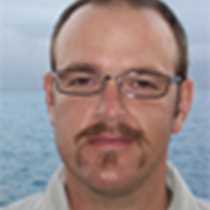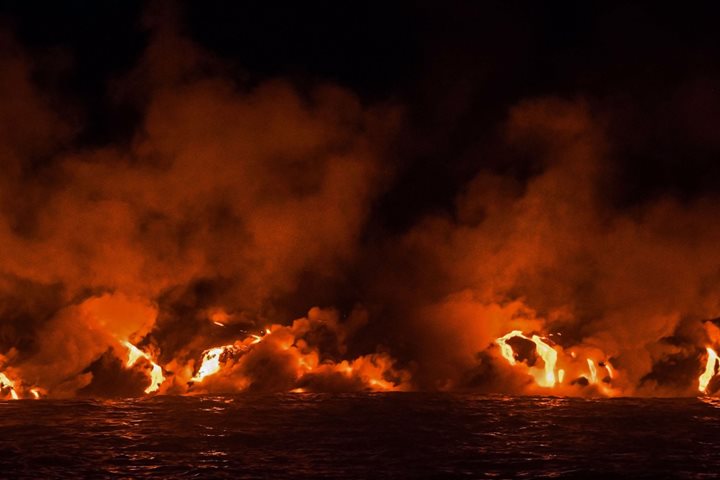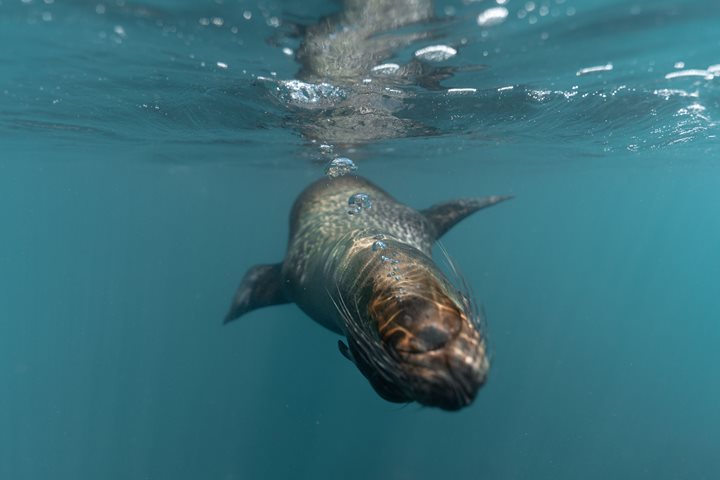We awakened with a strong sun warming all and a cool breeze blanketing the land. We started our day searching the coastline for any sign of life as we encountered a Great blue heron and a mass of marine iguanas sunning themselves, trying to become active to raise their temperatures. The surrounding terrain is incredible because we are close to a massive lava flow that is only 118 years old. A small forest of Candelabra cacti standout as they were present prior to the flow and were untouched by it. A wonderful snorkeling outing shows us quite a few species with a very large manta ray standing out. Heading into the afternoon we land on this new lava terrain and the details of its formation are revealed. As the sun heads towards the horizon, beams shoot through the cloud cover and illuminate numerous Galapagos penguins along the coast as they, one by one, exit the water after their foraging runs.
- Daily Expedition Reports
- 18 Aug 2017
Sombrero Chino & Santiago Islands, 8/18/2017, National Geographic Islander
- Aboard the National Geographic Islander
- Galápagos
Jason Heilmann, Undersea Specialist
Growing up in northern California, Jason was surrounded by the incomparable nature of the Pacific Northwest. While attending university there, Jason met and eventually married an Ecuadorian woman who happened to be from a small group of islands off t...
Read MoreShare Report
Related Reports
11/23/2022
Read
National Geographic Islander II
Isabela and Fernandina
Our day began with the chance to point out a lot of interesting geological features as we enjoyed Zodiac tours along a massive flank of Ecuador Volcano on Punta Vicente Roca. In the afternoon, we took a sunny walk on Punta Espinoza on Fernandina Island. We spotted many iguanas, and a bunch of sea lions hanging around, too.
11/22/2022
Read
National Geographic Islander II
North Seymour & Rabida Islands
Relatively small and low compared to neighboring Santa Cruz, North Seymour is located to the north of Baltra. The island is dry with predominantly low shrubs, like prickly pear cacti. The incense trees are bare during the dry season. Seabirds like frigatebirds and blue-footed boobies nest on the island, and sea lions rest on the sand when they are not fishing. Land and marine iguanas also live here. Rabida is in the middle of the archipelago and has a striking red sand beach. We observed a small colony of sea lions of all ages resting or nursing. Behind the beach, American flamingos nest in a brackish lagoon. This island is full of contrasts and wildlife that we enjoyed observing during this day of expedition.







